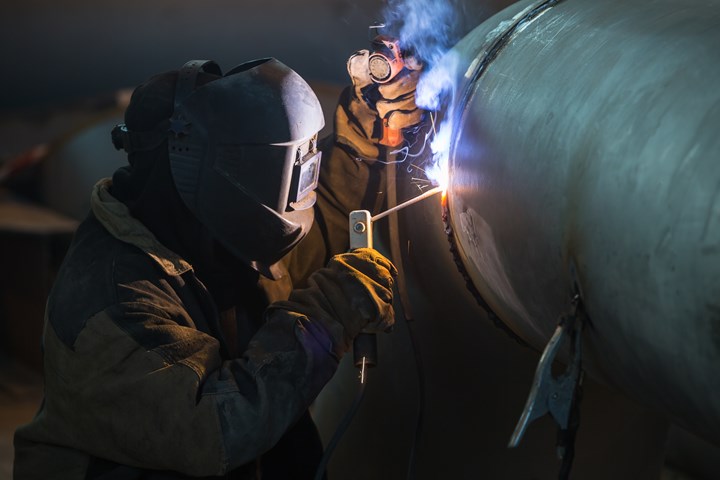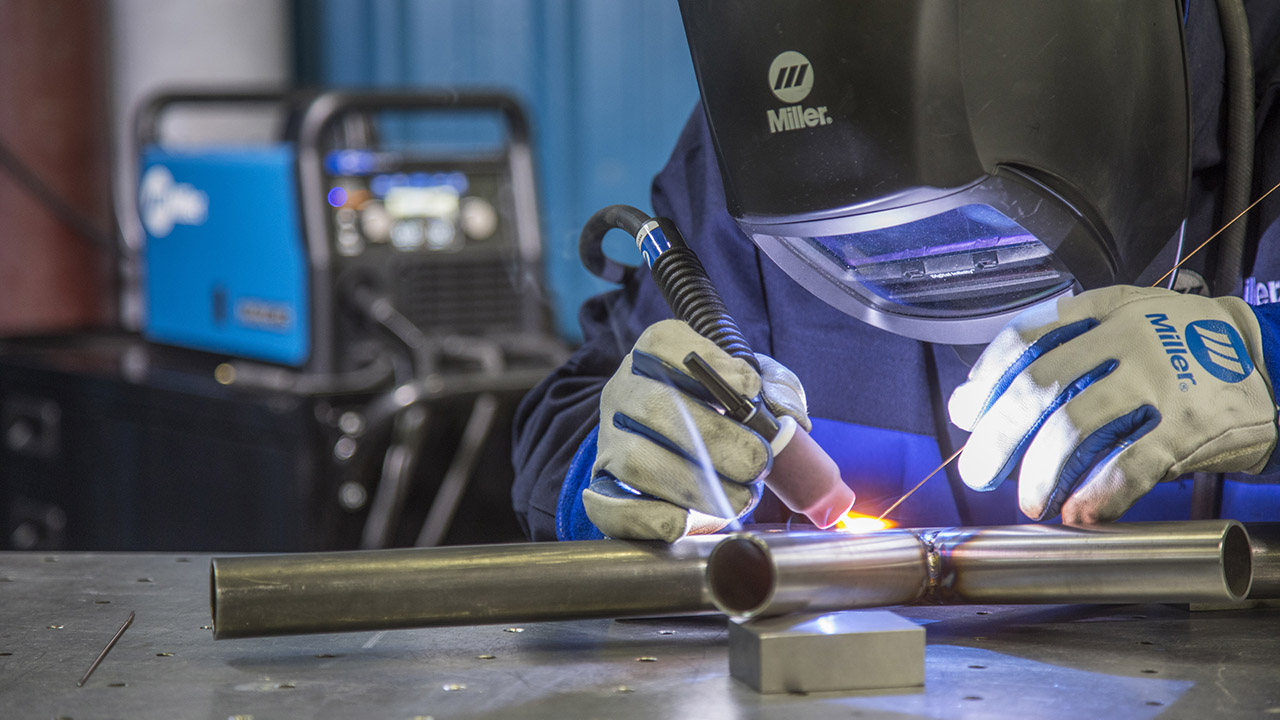Mastering Welding WPS Specifications: Finest Practices and Techniques for High Quality Welds
In the realm of welding, understanding Welding Treatment Specification (WPS) criteria is a critical part that straight affects the top quality and stability of welds. As we browse through the details of welding WPS requirements, discovering crucial understandings and approaches for attaining top-tier welds will be critical for welders seeking to excel in their craft and generate welds that stand the examination of time.
Understanding Welding WPS Specifications

Recognizing WPS standards is crucial for engineers, assessors, and welders associated with welding operations. By complying with WPS guidelines, welders can generate welds that satisfy the required mechanical residential properties and architectural stability. Assessors count on WPS paperwork to validate that welding treatments are being followed properly which the resulting welds are of premium quality. Engineers use WPS standards to design welding procedures that make certain the resilience and integrity of welded frameworks.


Important Tools for High Quality Welds
Grasping welding WPS standards is necessary for welders to successfully use the important tools needed for creating top quality welds. Among one of the most critical devices for high quality welds is a welding maker. The sort of welding equipment needed depends on the welding process being used, such as MIG, TIG, or stick welding. Welding safety helmets are also crucial to protect the welder's eyes and face from triggers, heat, and UV radiation. In addition, welding gloves made from durable and heat-resistant materials protect the hands from burns and injuries. Clamps and magnets help hold the workpieces with each other securely throughout the welding procedure, ensuring precise and specific welds. Cord brushes and cracking hammers are crucial for cleaning the weld joint before and after welding to remove any kind of impurities that might affect the quality of the weld. Finally, a gauging tape and angle grinder work tools for ensuring appropriate positioning and preparing the workpieces for welding.
Trick Techniques for Welding Success
To accomplish welding success, one have to master the key methods necessary for creating premium welds. One critical technique is preserving the right arc length. Maintaining the electrode at the optimal range from the work surface is crucial for producing solid, uniform welds. In addition, controlling the travel speed is paramount. Moving as well rapidly can cause insufficient infiltration, while relocating as well gradually can lead to too much warm input and possible defects. Appropriate control of the electrode angle is another essential strategy. The angle at which the electrode is held can impact the grain shape and penetration of the weld. Additionally, making sure constant weapon angle and direction of travel is necessary for uniformity in the weld bead. Last but not least, maintaining a stable welding and a consistent hand position throughout the procedure is key to achieving accuracy check these guys out and uniformity in the welds. By mastering these vital techniques, welders can elevate the quality of their job and achieve welding success.
Ensuring Compliance With WPS Specifications

Moreover, welders must undergo training to familiarize themselves with the WPS criteria appropriate to their work. Routine audits and assessments must be conducted to verify that welding tasks align with the prescribed WPS guidelines. In addition, preserving in-depth documents of welding parameters, devices calibration, and examination outcomes is crucial for showing conformity with WPS requirements - welding WPS. By vigilantly sticking to WPS requirements, welders can make sure that their job meets the necessary top quality levels and contributes to the overall success of the welding project.
Troubleshooting Common Welding Issues
When confronted with usual welding concerns, identifying the root reason is essential for reliable troubleshooting. One common problem is the presence of porosity in welds, frequently created by contaminants such as oil, wetness, or corrosion. To resolve this, guaranteeing appropriate cleansing of the base metal before welding and making use of the correct securing gas can considerably lower porosity. Another problem frequently encountered is lack of fusion, where the weld falls short to properly bond with the base material. This can originate from inadequate warm input or improper welding strategy. Changing specifications such as voltage, cable feed rate, or take a trip rate can assist boost combination. Additionally, distortion, fracturing, and spatter are common welding obstacles that can be alleviated through proper joint prep work, constant heat control, and picking the ideal welding consumables. By thoroughly understanding these typical welding issues and their origin creates, welders can successfully repair problems and attain high-quality welds.
Conclusion
To conclude, mastering welding WPS requirements calls for an extensive understanding of the standards, using crucial devices, and carrying out vital methods for effective welds. Making sure compliance with WPS requirements is important for creating top quality welds and preventing common welding problems. By following ideal strategies and practices, welders can attain regular and trustworthy cause their welding projects.
In the realm of welding, understanding Welding Procedure Requirements (WPS) criteria is an important part that straight influences the high quality and honesty of welds.When delving right into the realm of welding practices, an important aspect to comprehend is the value and intricacies of Welding Treatment Requirements (WPS) requirements. WPS criteria give a detailed standard for welding operations, guaranteeing uniformity, top quality, and safety and security in the welding process. why not look here The type of welding machine needed depends on the welding process being made use of, such as MIG, TIG, or stick welding.Attaining welding success through the mastery of key strategies demands a thorough understanding and adherence to Welding Procedure Spec (WPS) criteria.